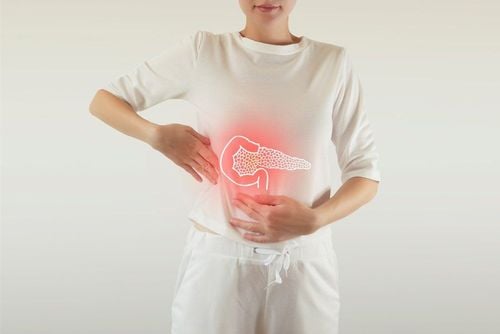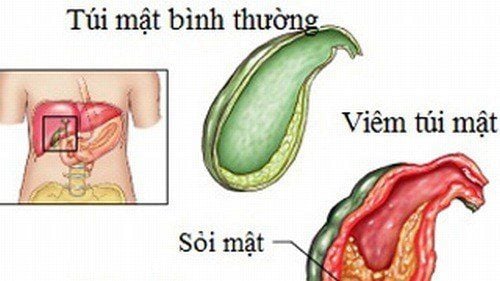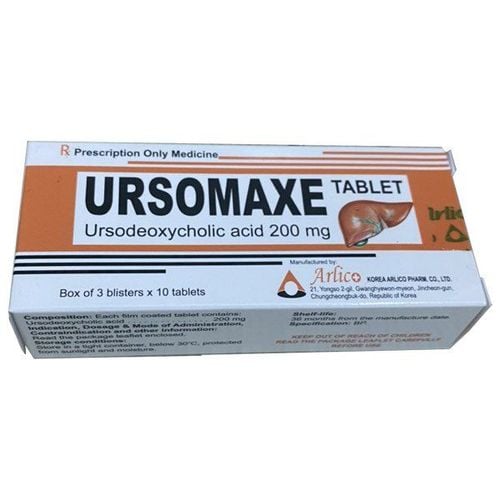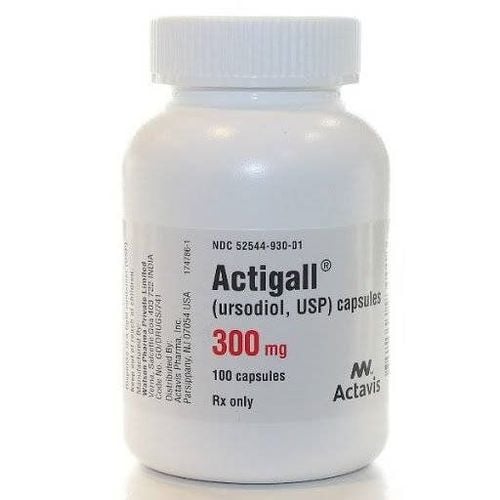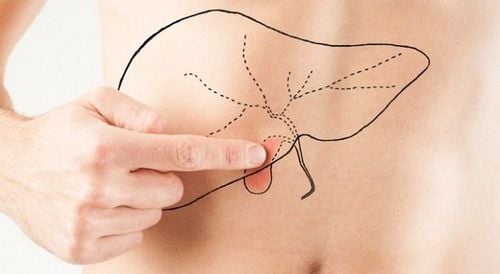This is an automatically translated article.
The article was professionally consulted by MSc Vu Van Quan - Department of General Surgery & Anesthesia - Vinmec Hai Phong International General Hospital.The gallbladder is a small, pear-shaped organ located just below the liver. The main function of the gallbladder is to store bile produced by the liver, contract and secrete bile through the bile duct into the small intestine, helping to digest fats. Pathology in this organ is very diverse, manifesting under many different conditions. Understanding common diseases in bile helps us to be proactive in prevention, disease detection and proper medical examination.
1. Gallstones
Gallstones develop when substances excreted in the bile (such as cholesterol, bile salts and calcium) or substances separated from the blood (such as bilirubin) accumulate to form hard particles. At first, the gravel can be as small as a grain of sand, over time, the gravel becomes larger and larger and sometimes the size of a golf ball.
Some of the factors that contribute to the risk of gallstone formation are listed as follows:
Being overweight or obese; Have diabetes; Age 60 or older; Woman; Taking drugs containing estrogen; Have a family history of gallstones; Have Crohn's disease or conditions that affect your ability to absorb nutrients; Comorbid liver disease such as cirrhosis, hepatitis.
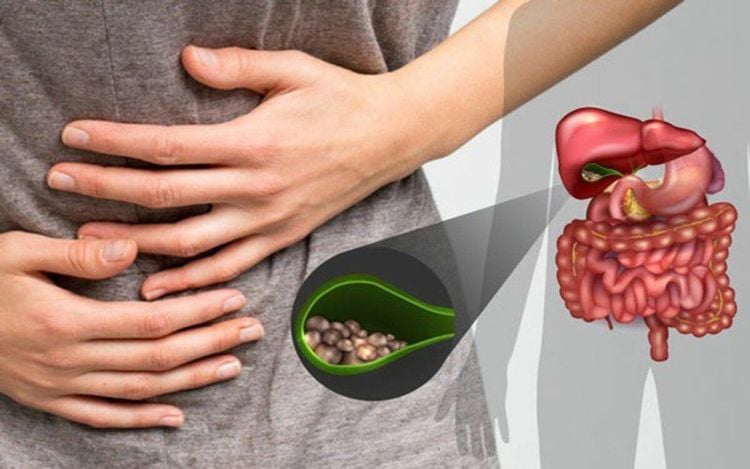
Sỏi mật
2. Cholecystitis
Cholecystitis is one of the most common gallbladder pathologies, presenting as an acute or chronic inflammatory episode of the gallbladder.
2.1. Acute cholecystitis Acute cholecystitis is usually caused by an obstructing gallstone. Sometimes, this can also be the result of a tumor or other medical conditions.
The majority of patients are admitted to the hospital with pain in the upper right or middle abdomen. The pain tends to occur shortly after a meal and ranges in intensity from a sharp pain to a dull ache, sometimes radiating to the right shoulder. In addition, the patient also has other accompanying symptoms such as fever, nausea, vomiting and jaundice as the disease progresses.
2.2. Chronic cholecystitis After several episodes of acute cholecystitis, the gallbladder may shrink and lose its physiologically normal ability to store and release bile. Abdominal pain, nausea, and vomiting may persist. Surgery is often indicated to completely resolve these discomforts. Today, laparoscopic surgery is very popular, minimally invasive, patients are discharged early and the incision is also highly esthetic.
3. Gallbladder cancer
In contrast to gallstones and cholecystitis, gallbladder cancer is a relatively rare disease. There are many different types of gallbladder cancer, but they share the common feature of being difficult to treat and having a poor prognosis because they are often not diagnosed early until the disease is in an advanced stage. Among them, gallstones causing chronic cholecystitis are a common risk factor for gallbladder cancer.
Gallbladder cancer can spread from the inner wall of the gallbladder to the outer layers. Not only that, but cancer cells can travel upstream to the liver, lymph nodes, and other organs. Symptoms of gallbladder cancer can be similar to acute cholecystitis but sometimes there are no symptoms at all.
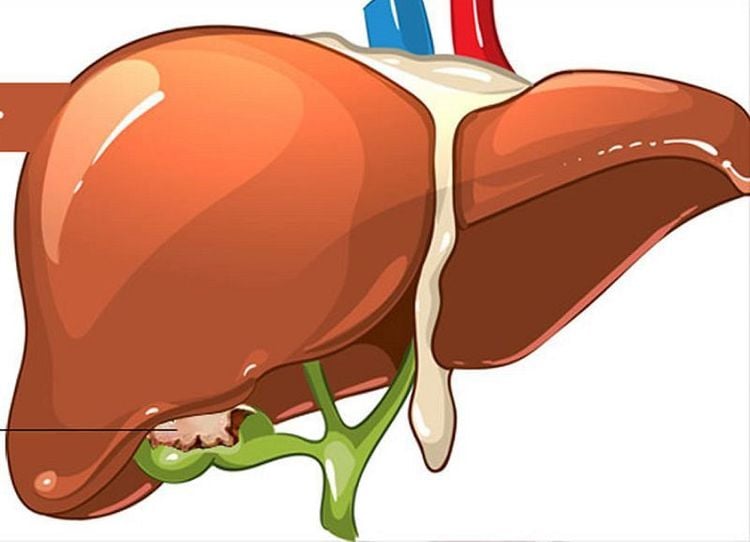
Ung thư túi mật có thể lan từ các thành bên trong của túi mật đến các lớp bên ngoài
4. Gallbladder polyps
Gallbladder polyps are the endothelium inside the gallbladder lumen with abnormal growths or lesions. Most of them are benign and asymptomatic, mostly discovered incidentally on ultrasound. However, gallbladder polyps are often recommended to be removed if they are larger than 1cm because of the high likelihood of cancerous transformation.
5. Gallbladder abscess
Gallbladder abscess is the result after a prolonged purulent inflammation of the gallbladder that is left untreated or inadequately treated. The pus in an abscess is an accumulation of white blood cells, dead tissue, and bacteria. Symptoms may not be simply pain in the upper right side of the abdomen like a simple case of cholecystitis, but the patient also has a high fever, chills, a dull, emaciated face, dry lips and a dirty tongue.
The causative agent of inflammation is usually gram-negative intestinal bacteria, which are highly virulent. If not treated thoroughly, the pus pocket will burst, causing infection of the entire abdomen, septic shock and life-threatening.
6. Gallbladder rupture
If gallstones are not treated, the stones will grow larger causing chronic inflammation or acute inflammation leading to gallbladder abscess, the wall of the bag is damaged and loses its stability, the final result is rupture (perforation) of the gallbladder. secret.
Gallbladder rupture occurs causing bile in the bag to spread throughout the peritoneum. Bile, which is a digestive enzyme produced by the liver to digest food, now comes in contact with the abdominal organs, causing chemical peritonitis. In the case of the presence of bacteria escaping from the intestinal lumen, the situation becomes even more severe.
7. Porcelain gallbladder (gall bladder calcification)
The gallbladder wall, over time, is an ideal structure for calcium accumulation. This is also the result of a long-term chronic inflammatory process. Since then, the gallbladder wall thickens and loses elasticity, the function of contraction and expulsion of bile decreases, causing digestive dysfunction. Not only that, porcelain gallbladder is also an indication for cholecystectomy because of the increased risk of gallbladder cancer.
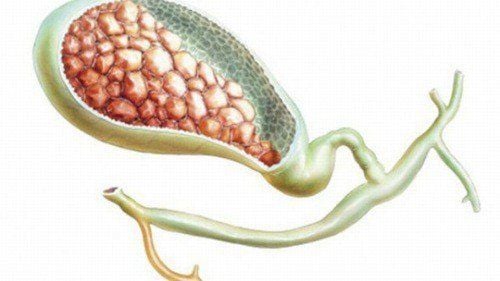
Thành túi mật, theo thời gian, là một cấu trúc lý tưởng cho sự tích tụ canxi
8. How is gallbladder disease diagnosed?
To diagnose gallbladder disease, your doctor will ask about your medical history, characteristics of right upper quadrant pain, and general gastrointestinal symptoms, and perform an abdominal exam.
At the same time, routine imaging techniques that help assess abdominal status cannot be ignored. Among them, the most important role is the abdominal ultrasound. Ultrasound, which uses sound waves to visualize the inside of the abdomen, is particularly sensitive for the diagnosis of gallbladder disease. In addition, ultrasonography can evaluate the gallbladder wall, polyps, or abnormal masses, as well as the general structure and parenchyma of the liver.
In addition, other imaging tests, such as CT or MRI scans, may also be of diagnostic use.
In summary, the symptoms of gallbladder disease are generally vague, repetitive, and affect the patient's life. Today, the diagnosis of diseases in this organ such as gallstones, cholecystitis, gallbladder cancer or gallbladder polyps has become simpler thanks to imaging facilities. The rest is that each person needs to be equipped with the necessary knowledge for early examination, avoiding late consequences.
When you suspect you have the symptoms of gallbladder disease mentioned above, you can go to Vinmec International General Hospital for examination. Vinmec applies many advanced methods to help accurately diagnose common biliary diseases, such as abdominal ultrasound, CT scan, MRI, endoscopic retrograde cholangiopancreatography (ERCP, etc.) The doctor is well-trained, has extensive medical examination and treatment experience, with the support of a system of modern machinery and medical supplies, meeting international standards, for the highest accuracy.
From October 2019, Vinmec Hai Phong Hospital welcomes leading experts in Gastroenterology - Liver, bile and pancreas from 108 Military Central Hospital to visit periodically for diseases of the stomach, esophagus, and colorectal colon, liver, spleen, biliary tract, pancreas, anal fistula, rectal prolapse, gastrointestinal cancer screening... At the request of the patient, Senior Doctor Le Van Thanh - Head of Liver Surgery Department Pancreatic biliary tract – 108 Military Central Hospital will directly operate. Schedule on Saturday, surgery on Sunday so that customers can easily arrange their personal time and have more time to recover after the intervention.
For detailed advice on gallbladder diseases as well as effective treatment methods at Vinmec, please come directly to Vinmec health system nationwide or register online HERE.





